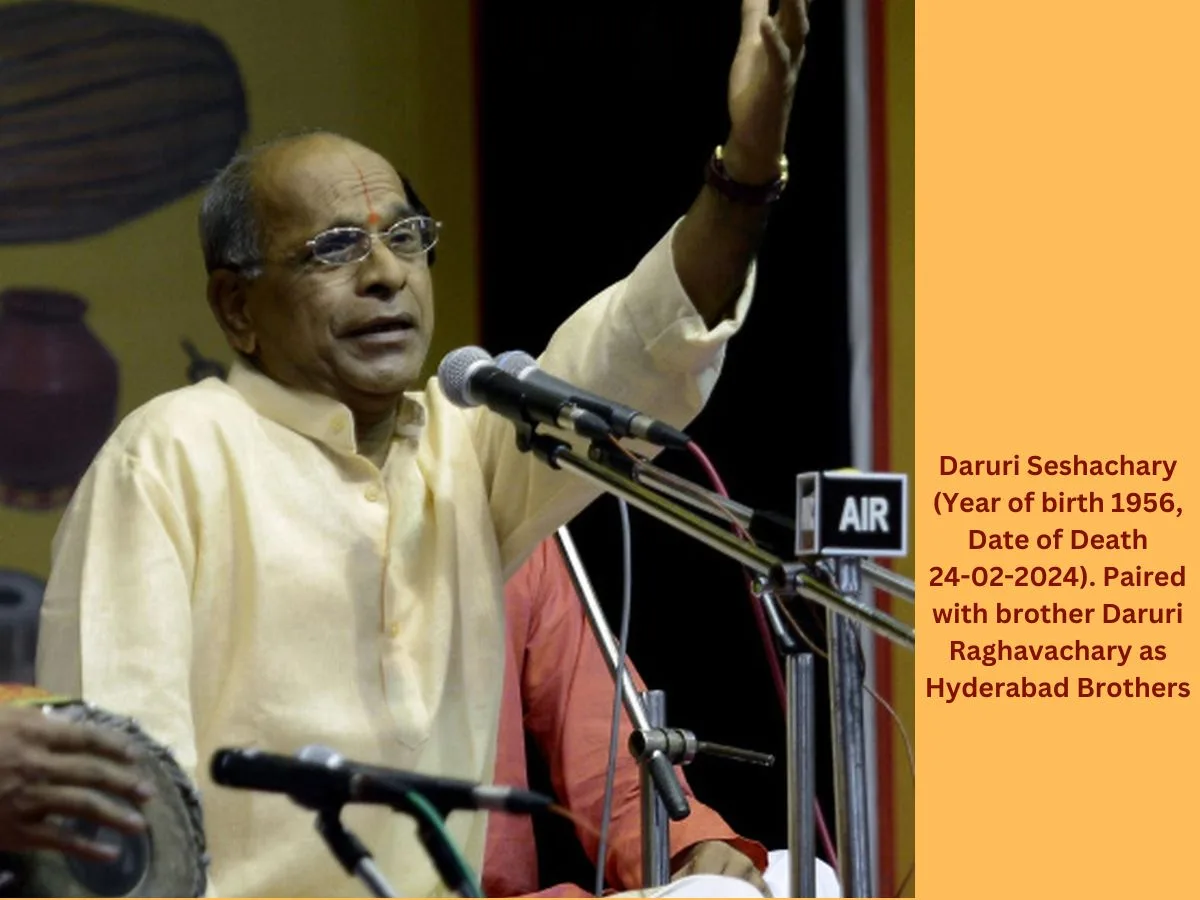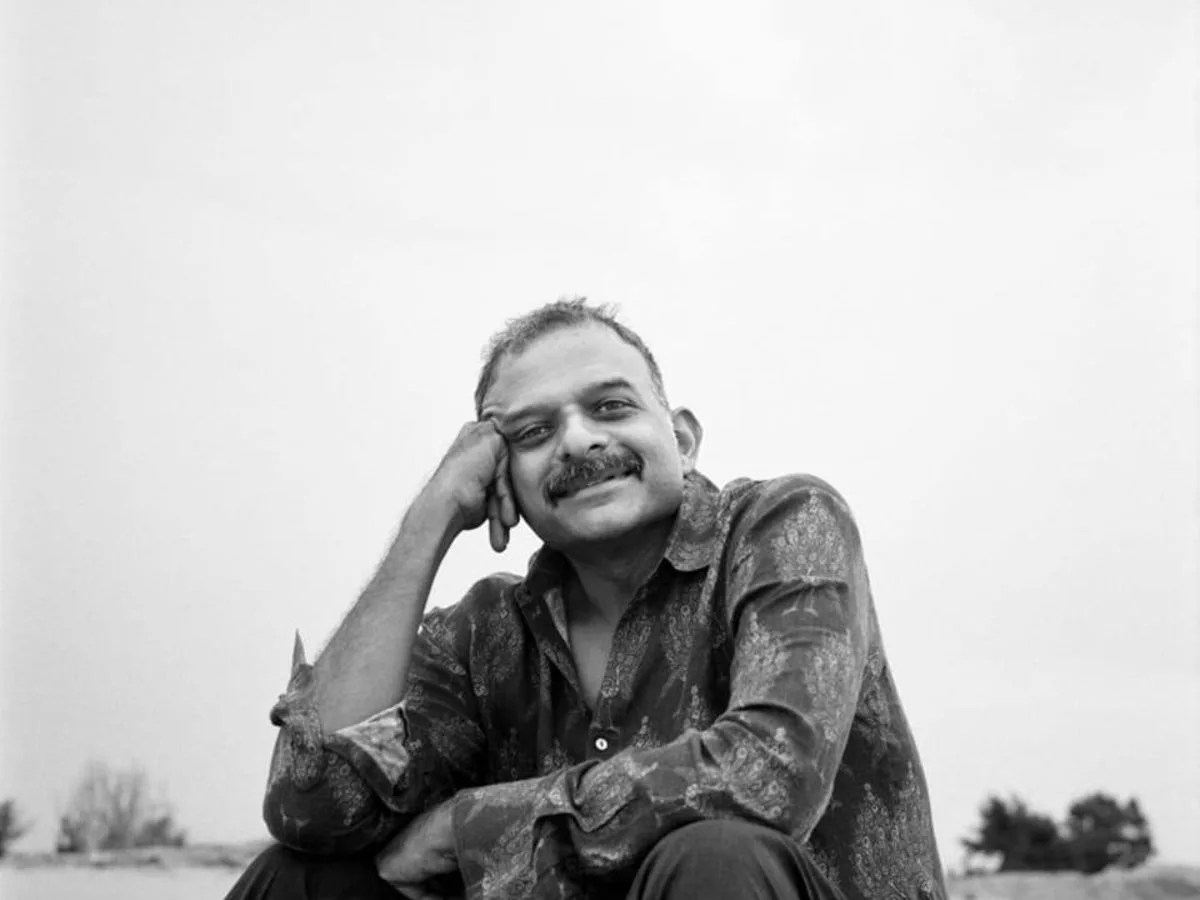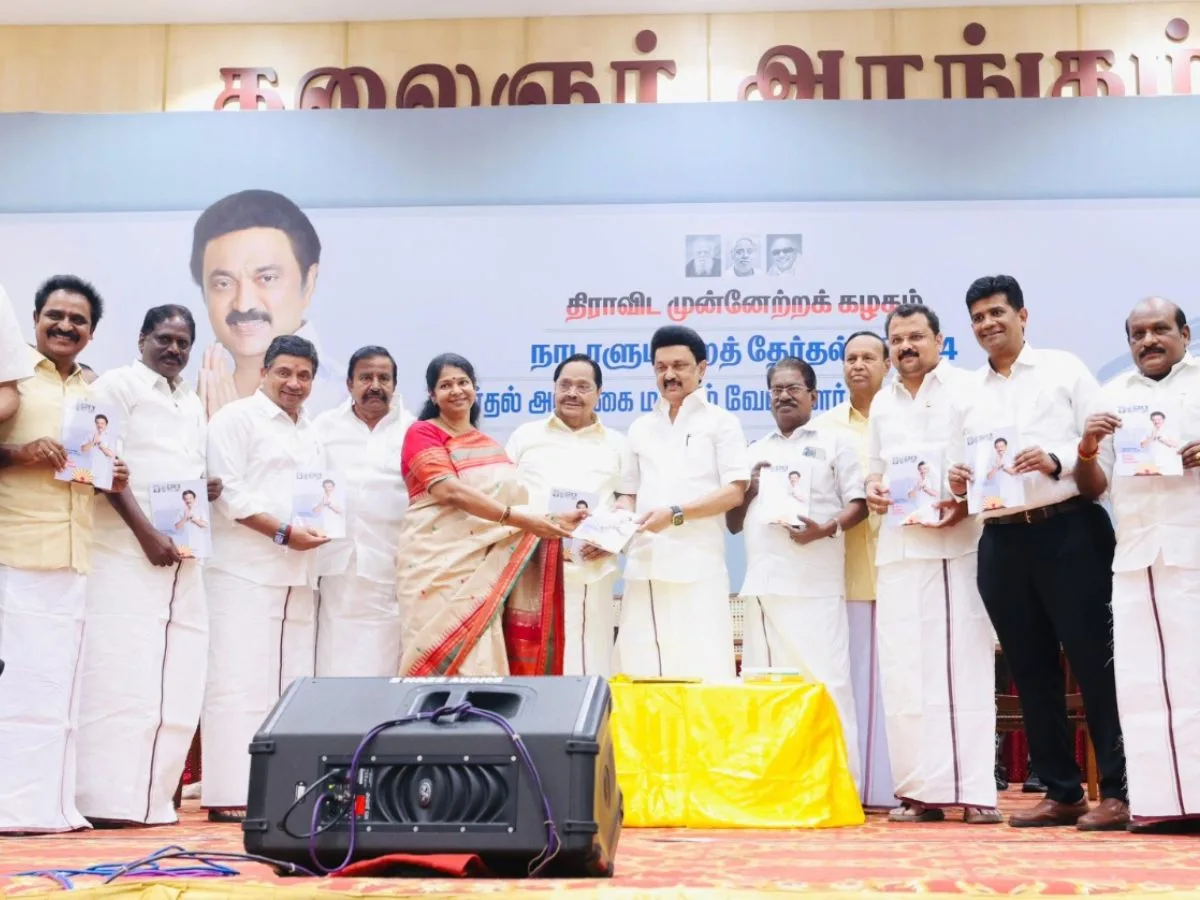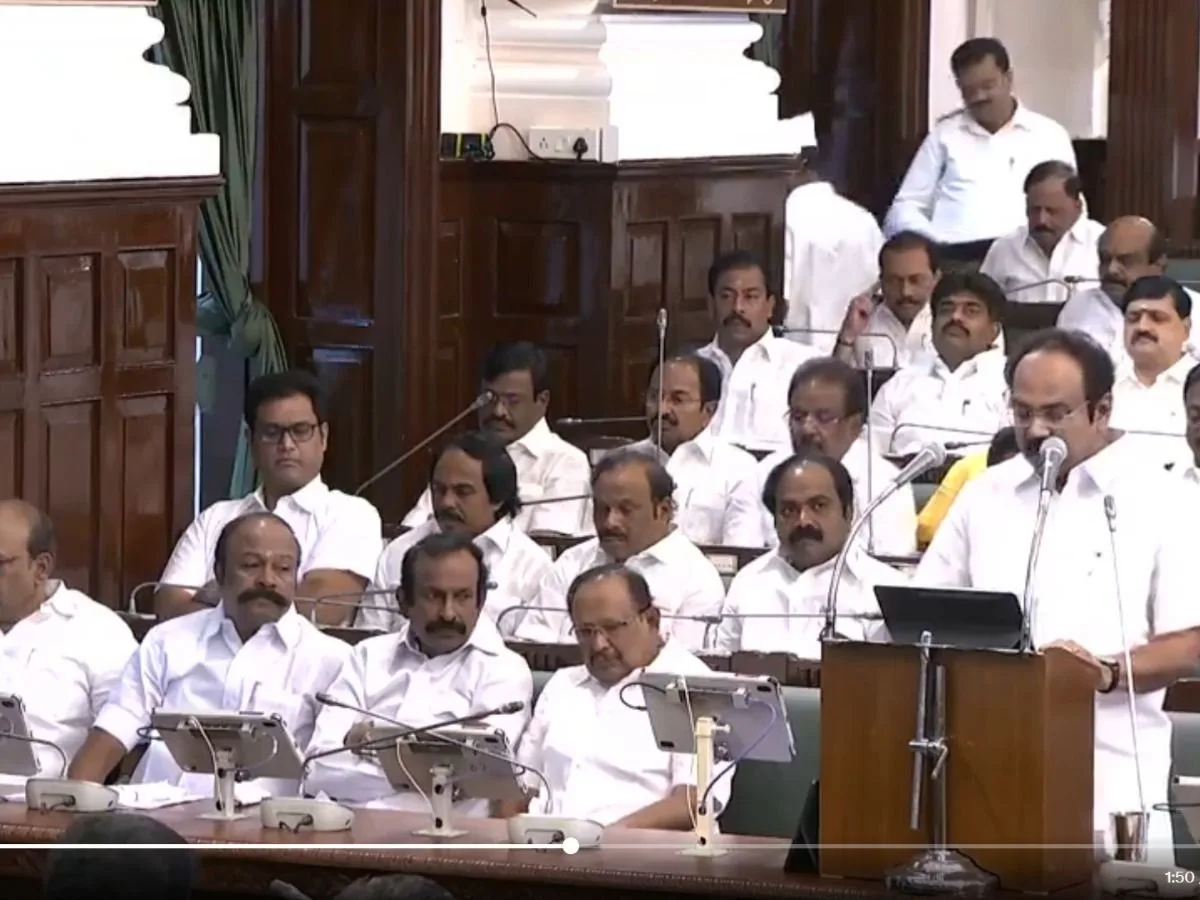Read in : தமிழ்
Nagaswaram artiste Prabhavathi who was featured in the article,“Biology is not destiny. Women’s bodies are no hindrance to playing nagaswaram,” recently sent us the alapana of three ragas. They were Ranjani, Saraswati and Purvikalyani.
Ranjani has the quality of not allowing errors, i.e., the raga can be rendered by a not-so-well-versed musician too without errors. Prabhavati and her husband Palanivel have played the raga after understanding its full import.
The characteristic sa-ri-ga-sa of Ranjani was played without a gap, one nagaswaram followed by the other in turns, so the raga filled all the space. Namagiripettai Krishnan has played the kriti, “Paramapavana” remarkably well, making it one of the standard expositions of Ranjani raga. The husband-wife performers remind us of that display.
An older kriti in this raga, is Tyagaraja’s Dhunmargachara. One has heard many versions of it ranging from Ariyakudi to today’s Sri Venkata Nagarajan. Swarna Venkatesa Dishitar’s “Dattatreya” was made famous by KV Narayanaswamy who sang it in many concerts. Thanjavur Sankara Iyer’s Ranjanamala is a well known song that brings out all the Ranjani group ragas, i.e., all the ragas ending with the word, “ranjani”.
Saraswati is not an easy raga. It does not have as many distinct characteristic features. Musicologist SR Janakiraman has discussed only Tyagaraja’s Anuragamuleni in his book, Raga Lakshanangal. But the duo, Prabhavati and Palanivel, have brought out the raga quite well.
Harikesanallur Muthiah Bhagavathar’s Vageeswari Vani Saraswati is sung on the day of Saraswati Puja at many homes. Sivan’s Saraswati Dayai Nidhi and GNB’s Saraswati Namostutey are famous. The former has been sung with much feeling by Sethalapathi Balasubramanian.
Purvikalyani can be the centerpiece raga of concert because of its depth and range like Thodi and Bhairavi. SR Janakiraman has said that the Hindustani Purvi is like our Kamavardhini
He has said that singing Bhadrachala Ramadas’ “O Ramaney Namam”, which Madurai Somu made his own, in Purvikalyani is a recent evolution.
There are many kritis in this raga. But most people would first bring up Tyagaraja’s Gyanamosakaradha, next Dikshitar’s Meenakshimedam Dehi followed by Syama Sastri’s Ninnuvina. The second kriti features alapana aspects. The Tiruppavai, “Kudarai seer govinda”, set to tune by Ariyakudi, moves anyone who sings it or listens to it. It would seem the words in the Tiruppavai were chosen just for this raga.
The playing style of Prabhavati-Palanivel was such that more than point-counterpoint it was an exhibition of one emulating the other. This was a noteworthy feature of their playing.
Read in : தமிழ்











